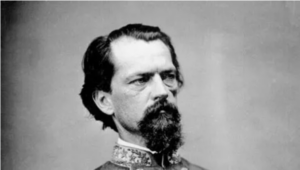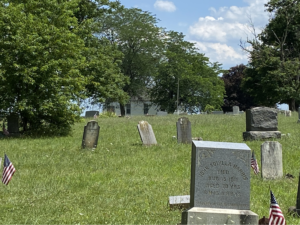Sears’ story is a story of York County
Sears
149-153 W. Market St, York
The situation
A York Daily Record article in 1993 about the rehabilitation of the York County Shopping Center noted that the strip mall’s clock had stuck at 20 minutes of 10.
That clock had been frozen for years, a metaphor for the once robust but then-moribund Springettsbury Township shopping center.
The mainspring actually broke four years earlier when Sears moved to the then-new York Galleria. And now the clock is gone, as is Sears, a storefront retailer replaced by the recreation sector in the form of a casino.
Hollywood Casino plans to welcome players in the summer of 2021, opening in the York Galleria’s west end anchor space, once home of Sears.
+++
The story of Sears in the York area is a tale of how one major player can influence a community.
Sears’ story also shows how one hot business can rapidly evolve into one that’s not.
And it’s a story about how the York area has changed as business and residences have fanned out from Continental Square to the suburbs and then one ring after another farther from the city.
Urban consultant David Rusk has written extensively about how spiraling sprawl leaves poverty and empty storefronts behind – today’s winners are tomorrow’s losers. After 90 years, the time came for Sears to close its doors.
Top dog
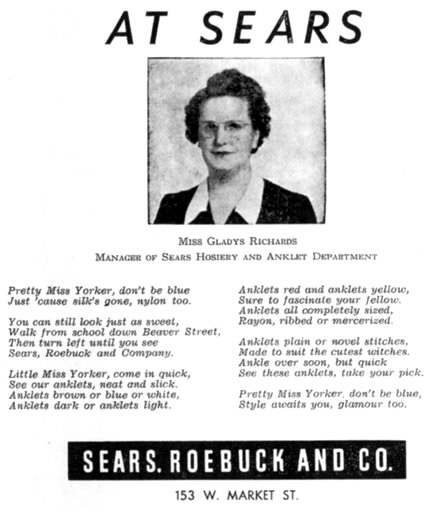
Sears opened a new store – its second in York – with great expectations and over-the-top humility at 149-153 W. Market St. in downtown York in 1928.
“There will be no music or formalities tomorrow,” an advertisement said. “The company has concentrated their plans on service.”
Soon, Sears was everywhere. It sold houses via the Sears Modern Homes Mail Order Catalog. Many of these solid structures stand today around York County.
The company’s inventory even dispensed toilet paper. That is, it distributed catalogs that soon lost pages in outhouses throughout York and Adams counties.
Its store, indeed, serviced downtown customers, but the locally owned Bon-Ton, Wiest’s and Bear’s were widely acknowledged as the big three stores. By the mid-1950s, Sears saw an opportunity to be the lead dog.
Hot dogs
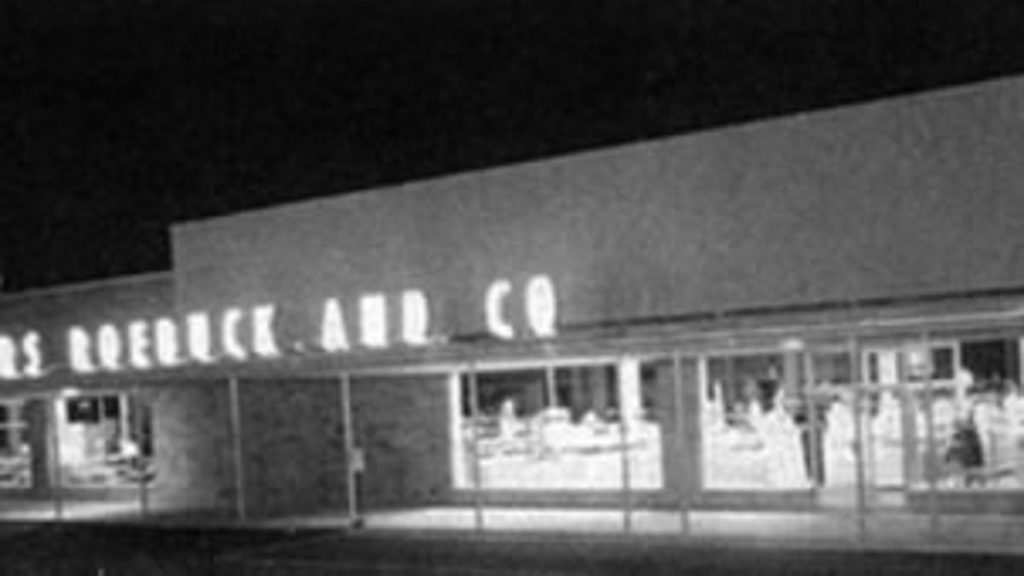
A post-World War II baby boom caused families to spill from York to form suburbs. The entry of Caterpillar and other industries in the early 1950s also attracted families to that part of Springettsbury Township.
Haines Acres started sprouting on nearby fields. Sears saw an opportunity to be lead tenant in a new venture near all this growth: the future York County Shopping Center along the bustling Lincoln Highway.
It was the first major downtown store to, well, seek greener pastures. In fact, it opened in 1955, months before the rest of the center. It became the place to go.
In the summer, people traveled to Sears just for the air conditioning and to enjoy the smell of cooking hot dogs, if not the hot dogs themselves.
For years, builder Paul Whiteman had bought equipment at York Paint and Hardware in the city.
“Even in my building trade, if I needed a couple drills, let’s face it, how could I get them any faster?” Whiteman told the York Daily Record in 1993.
Sears and the shopping center fed nearby businesses that formed an incubator for today’s memories: Bury’s, Gino’s and Huntleys, eventually replaced by large national chains, the restaurant counterparts of Sears.
Dog fight
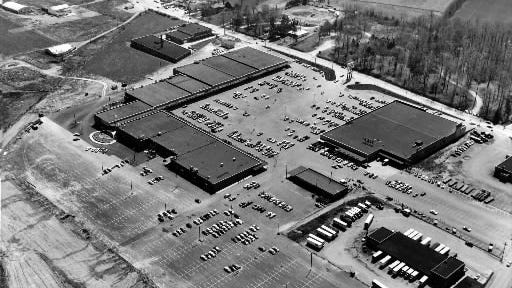
“Greater York in Action,” a 1968 publication, provides insight into the order of downtown York’s decline as a retail hub.
The book, published at the time of York’s race riots in 1968 but before the deadly riots of 1969, indicates that major retailers were expanding into the growing suburbs even before the unrest.
The York Area Chamber of Commerce book paints the decision by The Bon-Ton and Wiest’s to open retail stores in suburban malls as an opportunity.
It does not delve into the probability that their downtown franchises were slipping, and they were facing major competition from the York Mall, the area’s first covered center opening for the 1968-69 shopping season.
But the York Mall also started taking business away from the nearby York County Shopping Center, and by the late 1980s, Sears was looking across Route 30 at the sparkling new Galleria.
Bon-Ton and Penney’s, in the York Mall, took other Galleria anchor slots, giving the new mall the distinction of temporarily disabling both the shopping center and the York Mall. Boscov’s, entering the York County market for the first time, became the fourth anchor store.
As the city’s retail hub continued to decline – a decline in which Sears helped initiate, both older centers – the York County Shopping Center and York Mall – rebounded. They did it with newer popular chains and big boxes.
The shopping center became the York Marketplace, born again with a mammoth Giant on the former Sears footprint and Lowe’s taking the place of several smaller stores.
Wal-Mart soon made its entry into Pennsylvania by consuming a whole south end of the former York Mall.
Sears and the Galleria flourished for some time before locking into a dogfight with Wal-Mart, Target and other suburban power center anchors.
Dog days
Sears picked up K-Mart and Land’s End along the way.
But the venerable department store chain struggled and then came the appeal to customer of shopping via the internet.
For years, Sears’ timepiece was always running fast.
In 2018, Sears’ clock in the York area has stopped.
Dog gone
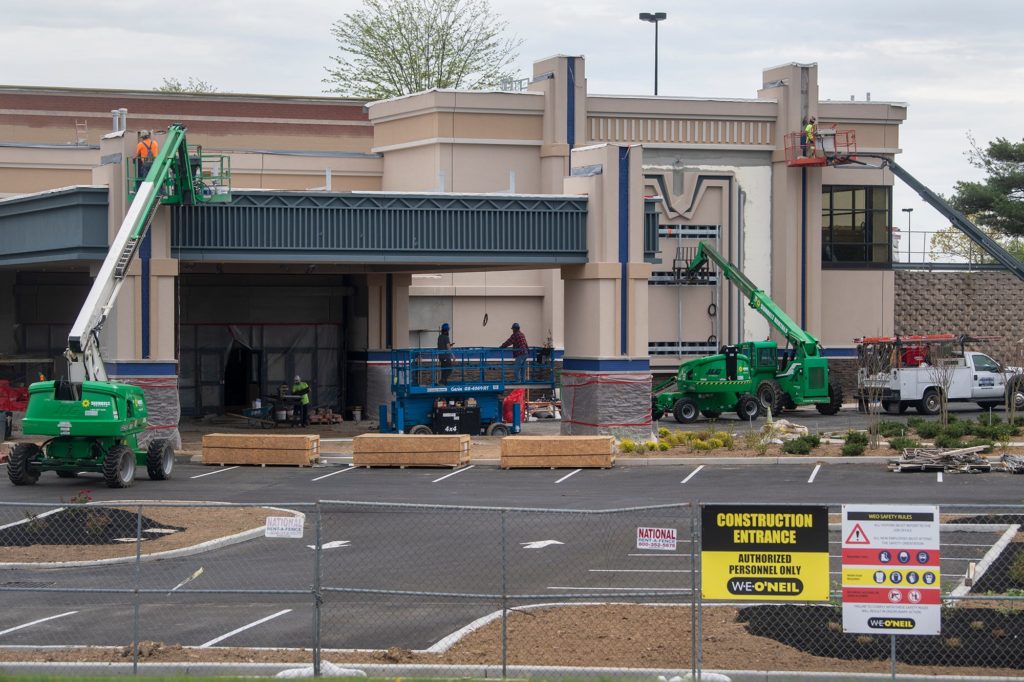
Hollywood Casino York’s investment in the former Sears space is $120 million.
The casino, measuring 80,000-square-feet, is expected to draw customers from south central Pennsylvania and northern Maryland.
The numbers?
Five hundred slot machines and 20 table games, with growth potential to 750 slot machines and 40 table games. Also, a sports and race book, casual restaurant and bar, entertainment lounge and coffee venue.
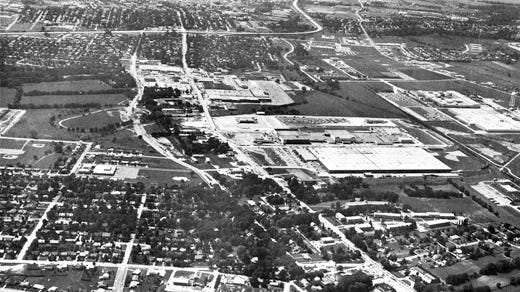
The witness
Here’s the order of migration of retailers from downtown York to the suburbs, according to the book “Greater York in Action”:
- Sears opened as the anchor tenant in the York County Shopping Center in 1955.
- The rest of the shopping center opened in 1956, the first such venue in the York area.
- Bon-Ton opened a store at the North Mall, the center where Off Track Wagering is located today, in August 1968.
- In 1968, Wiest’s planned to open its first branch store in the North Mall Shopping Center.
- The York Mall opened in late 1968.
- Specialty shops also prepared to expand to suburban shopping centers. Gregory’s planned to open its first such store in 1968 at the York Mall. Newswanger’s planned a suburban store along Lincoln Highway East.
- Further, the opening of the Wright’s Ferry Bridge in 1972 gave York County residents easier access to shopping centers in Lancaster County and particularly the giant Park City Mall.
- Today, the York Galleria is the York area’s remaining covered shopping mall, and The Bon-Ton and J.C. Penney have joined Sears in closing in recent years. Boscov’s remains in business in the Galleria’s east end.
+++
Some blame the riots for the demise of the downtown. But “Greater York in Action” indicates that pinched downtown retailers were scrambling for new customers even before the negative force of the racial unrest took hold. Still, few would question that the riots expedited retail movement to the suburbs.
The questions
Sears closed locally and is operating comparably small numbers of stores nationally. What obligation do we have to keep a struggling business afloat? Would you have bailed them out? Or, do we apply Darwin’s theory of survival of the fittest to the economy? How can we help businesses evolve, rather than simply collapse?
When Sears closes its doors, people lose their jobs. What can we do to ensure a paycheck for our neighbors when their employers lay them off?
Related links and sources This is adapted and updated from a Yorkblog.com post “From top dog and hot dogs to dogfight and dog days in York County, Pa.”; James McClure’s “Never to be Forgotten.” Photos, York Daily Record.
— By JAMIE NOERPEL and JIM McCLURE

